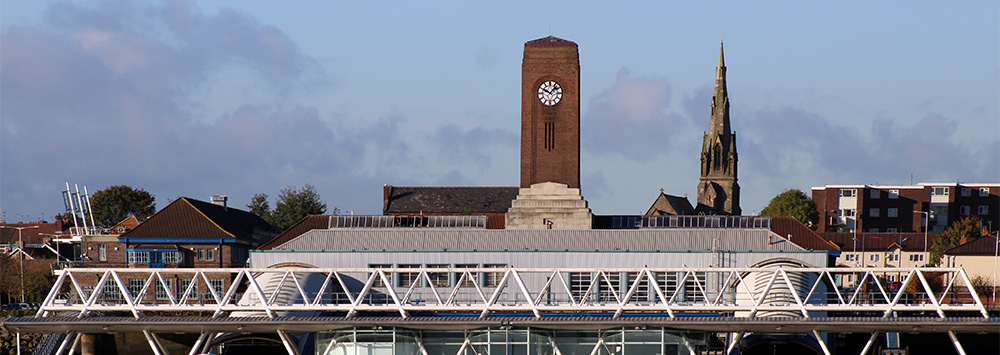Access this policy briefing here:
'Left behind' neighbourhoods as precarious places [PDF 0.7MB]
Typically defined as areas facing significant deficits in employment, investment, or social infrastructure compared to the rest of the country, ‘left behind’ places have become emblematic of widening spatial inequalities in the UK, and are now centrally important to the levelling up agenda. But how should the significance of left behind places properly be understood?
This policy briefing considers the case of Seacombe, a ward in Wirral, Liverpool City Region previously identified as being left behind, and shows how a lack of power and autonomy can leave such communities distinctly vulnerable and insecure. Recommendations are offered to provide left behind communities, such as Seacombe, with greater local control and ownership over their area in order to address this precarity and level up these areas of the UK more effectively.
Image credit: “Seacombe Ferry Terminal from the river” is licensed under CC BY-SA 4.0.
Back to: Heseltine Institute for Public Policy, Practice and Place
